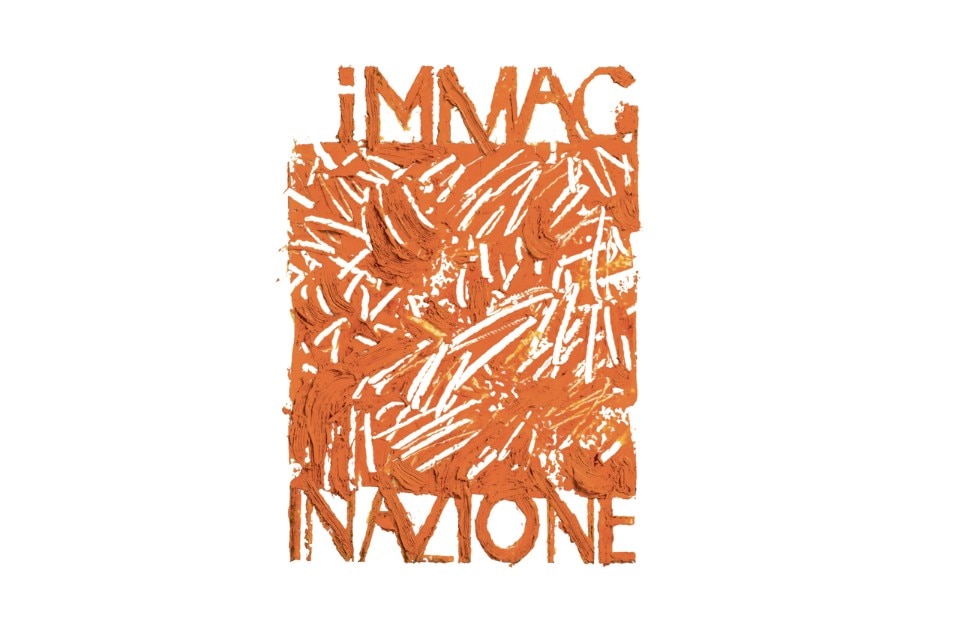Creativity is not a quality necessary to be a good architect
If the human imagination remains an imponderable action and, in a sense, hard to control, we can attempt to “tame” and steer it
If imagination, as we have said, relies on the condition that we have managed to adopt, on our frame of mind, our capacities and our ability to listen, then it will be able to wield all its potency in deciding what to do, carrying us towards fresh horizons and in new directions perhaps never previously undertaken. It may drive us to follow paths differently to the way others have already done or even simply to repeat, if the job so demands, something already done or already learnt. So, it is this extraordinary tool that is imagination that decides what is to be done. It will guide us to achieve the best form possible for the task in hand. This form, once attained, will be our reward and the chance to deliver it, lending form to the content, our privilege. It will also be the imagination, which we have described and cultivated, that shelters us from facile formalisms. It, and it alone, will enable us to create magnificent forms suited to the contents expressed by the people of our times so that, to reference Ortega again, “they appear to us with the sovereign objectivity of a grand mineral body” [2] and are not simply seen as the impertinent profile of a gentleman who happened to feel like doing it that way.
It is easier now to understand that, in the making of an architectural project, the most relevant moment occurs not at the outset but at a certain point in the development of the work; we would place that point in the passage from awareness to imagination. That is exactly when the decisions are taken and confirmed. Let us pause for a moment to consider this technical act that establishes what is to be done and how, via the imagination, what we have imagined must be done becomes firm; when we realise to our amazement that what we are endeavouring to describe does not, by any means, occur automatically. Nor, still less, does it happen at a set time nor even does it manifest itself in just one way. On the contrary, it can surprisingly do so in very different manners.
It is interesting to note in this regard, if you will forgive the digression, that until this moment in the work the difference between a young architect and an older master is not all in favour of the master, not at all. Let us try now to explain this passage which, at first sight, might seem paradoxical but on closer inspection is not. We have often said that architects work for their times and, for this reason, must be thoroughly contemporary as is indispensable if they are to do a good job. For this very reason, it can easily be understood that whilst young architects are contemporary to their times, because they are their times and are compelled to be so, the older masters must instead, as each fresh occasion arises, regain contemporaneity because liable to confuse it and compare it to times already experienced; as they cannot simply be contemporary as younger architects can, they are forced to study the times, understand and judge them. In a word, they must first look closely at themselves if they want to be good architects.
The masters, at this point, might also think that their profound knowledge of their profession would be enough to accomplish good designs. They know how they are done, they have done so many but we know that, if they are not backed by contemporary contents, they will remain outside today’s world and be of no good to the people living in it. If we now wanted proof of what we have been saying, it would be simple to obtain by thinking, for example, of the idea of the house and the idea of living that every person possesses and with all the more reason belongs to the architect. We know that this idea is formed within each of us fairly early on, in our youth, and that it remains more or less unaltered for the rest of our lives, unless we decide to change it. If, however, we are architects, we are compelled frequently to redefine the concept of home and its contents. Otherwise we would end up building houses for people of other times, who are no longer here, who no longer exist; houses that may have been good in the past but not in the present. In this sense, the master knows how to design a house but this idea of house may not be in tune with the times any more, whereas the young represent their times because they are of them. But they still have to learn how to design houses.
This is not a job that suffers facile invention gladly
1 José Ortega y Gasset, La felicità e la tecnica. Sullo stile in architettura, in Meditazioni sulla felicità, Sugarco, Gallarate (Varese), 1994, pp. 168–169. Originally published in the weekly magazine España, Tangier, 7 January 1952, under the title Sobre el estilo en arquitectura.
2 Ibidem, p. 168.
Top: Tullio Pericoli, Immaginazione, 2017. Oil on canvas 13 x 13 cm

